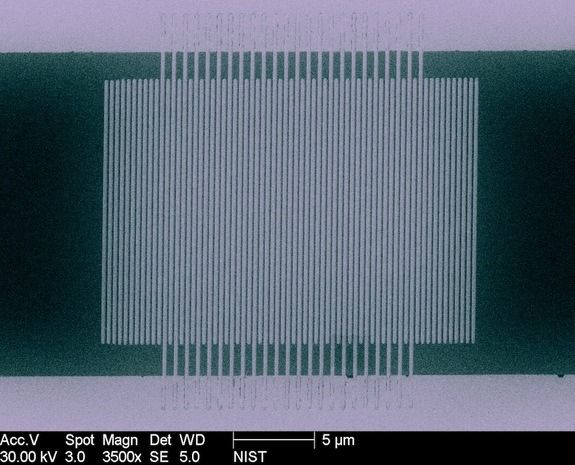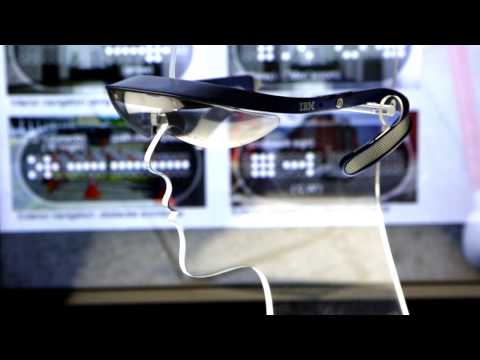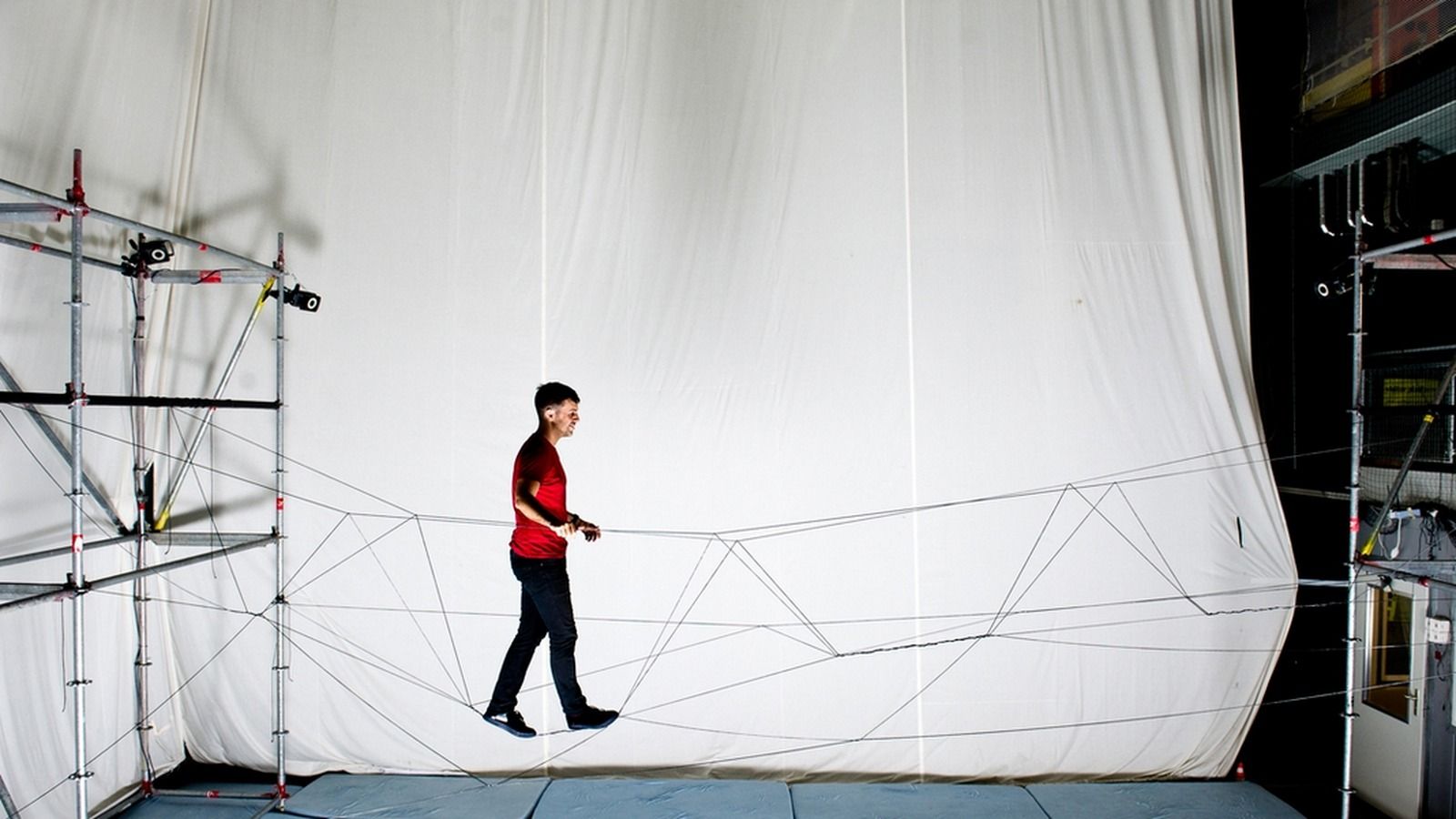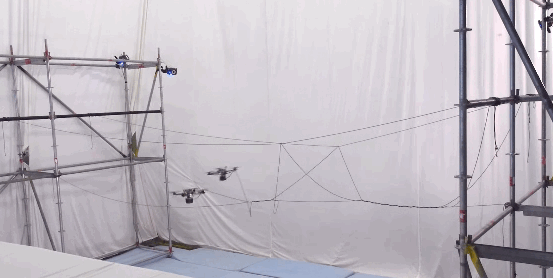You’ve gotta love Star Trek, but there is absolutely NO WAY I’d ever set foot in a real teleportation device! (if one ever really got made, of course) Call me crazy, but I’m kinda partial to keeping my molecular cohesion as intact as possible, which kinda rules out having it ripped apart and remade on the other side.
A record-breaking distance has been achieved in the bizarre world of quantum teleportation, scientists say.
The scientists teleported photons (packets of light) across a spool of fiber optics 63 miles (102 kilometers) long, four times farther than the previous record. This research could one day lead to a “quantum Internet” that offers next-generation encryption, the scientists said.
Teleporting an object from one point in the universe to another without it moving through the space in between may sound like science fiction pulled from an episode of “Star Trek,” but scientists have actually been experimenting with “quantum teleportation” since 1998. [Twisted Physics: 7 Mind-Blowing Findings].








